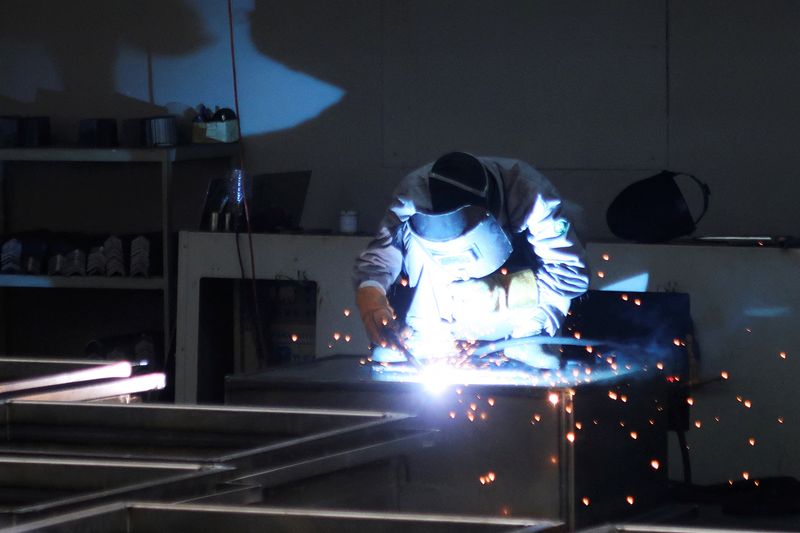China’s factory activity rises at fastest pace in over 3 years, Caixin PMI shows
2024.06.30 22:25
BEIJING (Reuters) -China’s manufacturing activity grew at the fastest pace in more than three years due to production gains, even as demand growth slowed, a private sector survey showed on Monday, indicating the health of the sector remained robust.
The Caixin/S&P Global manufacturing PMI rose to 51.8 in June from 51.7 in the previous month, marking the fastest clip since May 2021 and surpassing analysts’ forecasts of 51.2.
The index, which mostly covers smaller, export-oriented firms, has remained above the 50-point mark that separates growth from contraction for eight straight months. It contrasts with an official PMI released on Sunday that showed a decline in manufacturing activity.
Manufacturing output growth hit a two-year high in June. The orders index, which gauges demand, including the overseas orders index, remained in expansionary territory last month, but at a slower rate.
Demand for consumer and intermediate goods was stronger than that for investment goods, said the survey.
The world’s second-largest economy struggled to find a solid footing as the vast property sector, which has failed to respond to a rescue package announced in May, continued to drag on the outlook.
The survey showed business owners are facing rising costs driven by higher prices of raw materials such as steel, and aluminium and rising freight costs. The input subindex, hence, rose at the fastest pace in two years.
“Insufficient market confidence and effective demand remain key challenges,” said Wang Zhe, Senior Economist at Caixin Insight Group.
Manufacturing producers’ confidence for the next 12 months hit the lowest point since November 2019, due to concerns over rising competition and uncertainty about the economic outlook.

The industry is still scaling back hiring in June.
“Efforts in optimizing real estate regulations, upgrading equipment on a large scale, replacing old consumer goods, and the ‘three major projects’ — those involving affordable housing, urban village renovation, and dual-use public facilities that can be used for everyday and emergency purposes — need to be strengthened,” said Wang.








